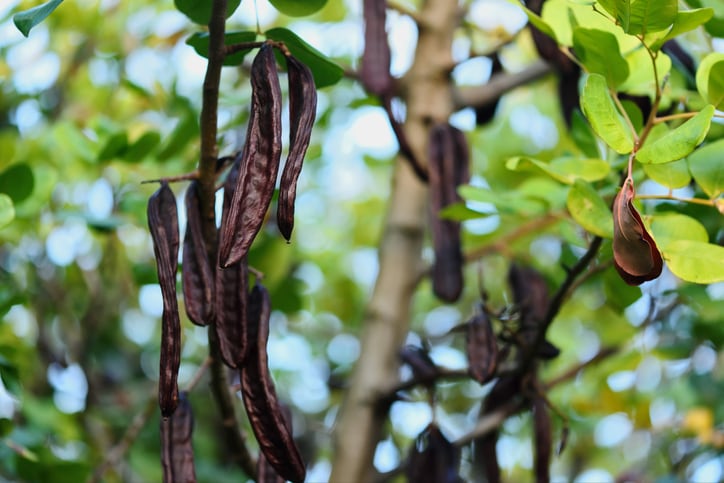Food giants are currently sounding warnings over the impact of rising commodity prices, after the Food and Agriculture Organization’s food price index, which tracks a basket of grains, vegetable oils, meat, dairy and sugar, rose to its highest level in a decade in May.
Who’s paying the price of rising global inflationary pressures? So far, it’s consumers. Nestle expects its cost of goods sold to increase by around 4% for full-year 2021, it said in its half-year earnings in July. In its second quarter earnings in June, Unilever too noted that its pricing is accelerating as significant cost inflation – in commodities such as wheat, corn and soybean – has emerged over the last quarter, crossing the 2% level in June. In Latin America, which has been particularly impacted by high commodity inflation, prices rose 7.4% in the second quarter.
According to the FMCG giant, soybean oil prices have increased by a further 20% in the last quarter and are now up 80% versus last year. The increase is driven by increased demand coupled with a poor US soy crop in 2020. The price of palm oil, meanwhile, is now 70% higher than its long-term average with increased demand and lower harvest yields driving up the price.
In its second quarter earnings last week, frozen giant Nomad also said it will continue to mitigate inflation by driving productivity and raising prices where justified.
But rising commodity prices could have fascinating ramifications for NPD. For instance, the price of locust bean gum (LBG) – widely used as a thickening agent across the industry – is currently at record highs. Due to the increasing carob seed prices, prices for LBG have increased weekly, sometimes even daily, in the past two months, according to the most recent update from Swiss manufacturer Unipektin Ingredients. “Quotations are now often only valid for 24 hours,” it reported. “We now predict to see LBG prices soon hitting or even breaking through the new price barrier of €30 per kg.”
According to IFF Nourish Division, International Flavors & Fragrances Inc (IFF)’s newly combined and largest food and beverage division, there will be no relief from the ‘exploding’ price of LBG, owing to the time required for carob trees to mature before harvest: roughly 6-7 years.
LBG prices are reaching ‘tipping point’
Rising LBG prices are reaching a tipping point whereby food manufacturers will be forced to find alternatives, the company warns. IFF describes this a ‘mega challenge’ for the industry. LBG is used for a wide array of applications in food and beverages. It’s a key functional ingredient especially for ice cream, cream cheese, and plant based-beverages, where it provides mouthfeel, stickiness, taste release, stabilisation, and heat resistance/crystallization.
“LBG was always an exclusive ingredient in the sense that it has very unique functionality,” Linda Yvonne Friis, Global Business Development Manager (systems) at IFF, told FoodNavigator. “Now the prices have skyrocketed. It's around 7 or 8 times more expensive now than it was five years ago.”
But despite this challenging situation, some manufacturers are reluctant to find alternatives due to concerns over potential quality decreases and the challenge of having to test new ingredients or recipes and all the processes involved, she told us.
“You would have expected food manufacturers would have wanted to move away from LBG but that's not what we’ve seen so far. You also have to remember that LGB is a tiny part of a food recipe so you can argue ‘is it still worth the hassle to change now’? But I do expect, with the prices really increasing significantly still, we will reach a tipping point.”
Like-for-like replacements for LBG are hard to find
Prices of alternatives, including guar gum and cassia, are "significantly lower", but these might conflict with clean label demands from consumers as well as quality changes, she warned.
“Alternatives require consumers to be more tolerant of label changes, which might be longer. For example, swapping LBG might require a combination of other emulsifiers and hydrocolloids which will lengthen the labels.” Different combinations, meanwhile, might bring formulation challenges. “Some people also talk about cassia gum, but this has challenges in terms of processing. It's not very dissolvable and you need a very high temperature and long time to dissolve it. Hydrolysed guar gum is also starting to be seen in the market, but the problem is that in some areas you can't label it without regulatory approval.”
New products entirely
The LBG crisis, added Friis, could lead to entirely new types of products on the market, in the same way many of today’s luxurious mousses were a result of a previous gelatin shortage.
“In mousses in the old days you just had gelatine and emulsifier for whipping in there,” she explained. “Now you see mousses with an emulsifier, gelatine and hydrocolloid or starch that give you a heavy creamy mouthfeel.”
Thanks to the LBG crisis, IFF is busy exhorting its extensive experience in developing alternative solutions to reduce or replace LBG which can greatly reduce the development time needed to thoroughly evaluate alternatives. Additionally, IFF has the ability to support manufacturers with formulation, customer production trials and ensure documentation for ingredients, it said.
"Most of the producers seem to be sitting there thinking this will go away like other crises have,” added Friis. “We still don't see a big wave of requests on reformulation, but I think if this continues then I believe we will.”




